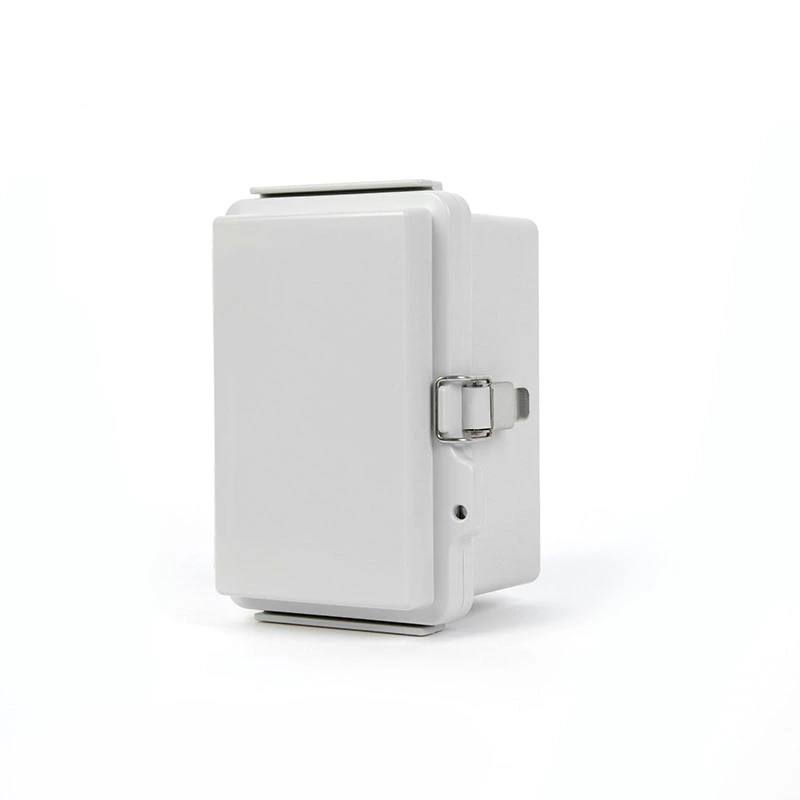What Are The Ways To Fix Waterproof Junction Boxes?
The safety of the device is an important step to ensure the normal operation and protection of the device. waterproof electrical box is usually designed with waterproof sealing properties to protect the internal electrical connections from water or moisture. Proper fixing ensures that the waterproof sealing system works effectively. If the installation is not firm, it may cause the seal to fail, increasing the risk of moisture ingress. The housing of the device is usually made of sturdy materials, but in some cases, it is still at risk of damage, especially in industrial environments or when used outdoors. By fixing, you can reduce the possibility of it being accidentally hit or physically damaged.
It is usually fixed in a variety of ways, depending on the design and purpose of the device. Here are some common fixing methods:
Screw fixing:
This is a common installation method that is suitable for most. It usually comes with pre-drilled or threaded holes for mounting to brackets, walls, equipment boxes or other supporting structures with screws. When using screws, you need to pay attention to the correct size and appropriate tightening force to ensure a firm installation.
Flange fixing:
This method is usually used in situations where a more solid connection is required, such as large electrical equipment or piping systems. There is a flange at the bottom or side that can be connected to the corresponding flange seat or bracket. Flanges usually have holes or threads that allow screws or bolts to be tightened.
Clamping:
This type of fixing is often used to simplify installation. It can be equipped with a clamping mechanism, such as a clamp or clamp, which can be easily clamped to the bracket or conduit without the use of screws or bolts. This is very useful for quick installation.
Self-adhesive fixing:
Some have a self-adhesive base and can be directly adhered to a flat surface. This method is particularly suitable for situations where the installation location is limited, but the surface to be adhered needs to be clean and flat to ensure strong adhesion.
Suspension and fixing:
In some cases, it can be suspended from a ceiling or other structure by a lifting device. This method is often used in lighting installations and allows the equipment to be suspended in the desired location.
Rail fixing:
Some are designed to be compatible with standard rails commonly used in applications such as electrical control cabinets. They can be easily slid onto or fixed to the rail.
Embedded fixing:
In some cases, it is necessary to embed into the surface of the equipment or structure for compact installation. This usually requires precise cutting and custom work.
Magnetic fixing: Some smaller ones are equipped with magnetic bases that can be fixed by adhering to a magnetic surface. This method is suitable for occasions that require quick installation and movement.
When selecting and using a specific installation method, please consider the installation environment, mechanical requirements, safety standards, and design features. Different applications may require different installation methods to ensure a firm and reliable installation where needed. For important waterproofing applications, it is recommended to seek professional help and use materials and equipment that meet waterproofing standards.

